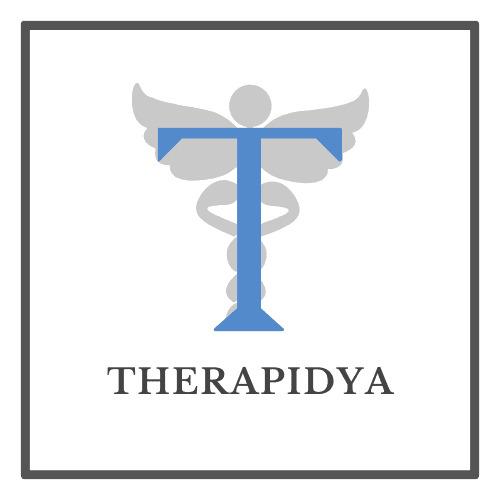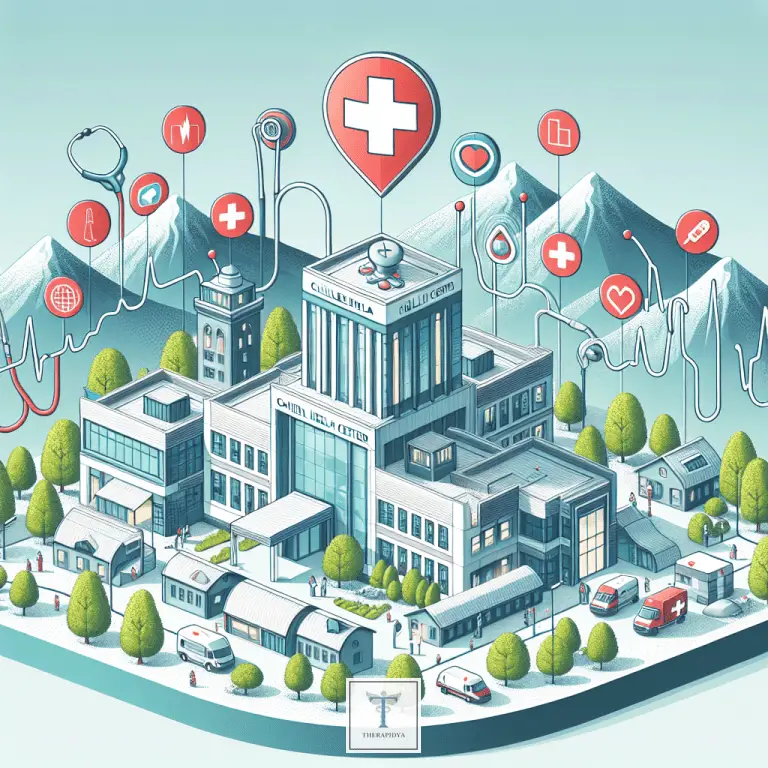Healthcare System in Zambia | Medical Infrastructure | Public Health Services | Full Guide 2024
Introduction to the Zambian Healthcare Landscape
Once known as Northern Rhodesia, Zambia gained its independence in 1964 and embarked on a journey to establish a healthcare system that would cater to its population. Over the years, the landscape evolved, paralleling the country’s economic and social changes. The heartbeat of this system, like many others across the African continent, is characterized by its resilience and strides toward sustainable public health despite numerous challenges.
In our journey through Zambia’s healthcare tapestry, we’ll explore the facets of its medical infrastructure, the public health services available to its citizens, and the ongoing efforts to improve health outcomes. Through a narrative that weaves together complexity with the hope of improvements in 2024, we will gain insight into the country’s healthcare story.
Zambia’s Medical Infrastructure: A Foundation for Healing
Imagine a network of health facilities, each a node of care and healing for the Zambian people. The medical infrastructure in Zambia is a patchwork of hospitals, clinics, and rural health posts sprinkled across the vast and diverse landscape of the country. At the apex are tertiary hospitals located in major urban centers like Lusaka and Ndola, offering specialized care. Secondary-level district hospitals act as intermediates while the rural health posts represent the frontline of medical intervention, bringing healthcare closer to the people.
In recent years, the government, with help from international donors, has invested in infrastructure upgrades, including the construction of new health facilities and the rehabilitation of old ones. Embracing ‘Ubuntu’, which loosely translates to ‘I am because we are’, reflects the spirit of community and collective care in enhancing medical amenities. This investment in infrastructure is critical, given Zambia’s high disease burden, particularly from infectious diseases like HIV/AIDS, tuberculosis, and malaria.
Public Health Services: Navigating the Healthcare Maze
For the average Zambian, accessing healthcare can feel like navigating a complex labyrinth. Public health services are nominally free at the point of service for basic care under the National Health Care system. However, the term “free” is laden with caveats—stock-outs of essential drugs, long waiting times, and the hidden costs of transportation can impede access to healthcare.
- Preventive Services: These include immunization programs and community education to prevent diseases before they occur.
- Curative Services: From minor ailments to life-threatening conditions, a range of treatments is offered.
- Maternal and Child Health Services: These are aimed at reducing the high maternal and infant mortality rates, a poignant concern for the country.
- Diagnostic Services: Essential in managing and understanding diseases, yet often scarce in remote areas.
- Rehabilitative Services: Helping those affected by diseases or accidents to reintegrate into society with dignity.
Navigating this maze, communities rely on ‘Chitenge’—a multi-purpose fabric used for carrying babies, clothing, and even as a makeshift stretcher—to not only signify culture but also resourcefulness in the face of adversity. Zambians use local ingenuity to bridge some of the gaps in the healthcare system.
Challenges and Opportunities in 2024
The narrative of Zambia’s healthcare is one of a constant struggle against challenges, yet it is also a story of hope and opportunity. The landscape in 2024 presents a dual reality characterized by these contrasts.
- Skilled Health Workforce: The shortfall in healthcare professionals presents a Sisyphean task of providing quality care. Efforts to increase training at medical schools like the University of Zambia are underway.
- Health Financing: With funds often spread thin, efficient allocation remains a puzzle. Innovative financing and commitment from the Zambian government together with global health investment, like that from the World Health Organization, could hold keys to sustainable solutions.
- Disease Control: Addressing the high prevalence of diseases with vaccination drives and education campaigns are ongoing battles, where small victories accumulate to form significant advancements.
- Emerging Technologies: Utilizing mobile technology and telemedicine could leapfrog the gaps in urban and rural healthcare delivery.
In the spirit of ‘Ubuntu’, collaboration and mutual support are essential for navigating the challenges and seizing the opportunities that 2024 will undoubtedly present.
The Evolution of Medical Training and Professional Development
There’s an African proverb that says, “Wisdom is like a baobab tree; no one individual can embrace it.” This holds true for medical training and professional development in Zambia. Realizing the importance of a knowledgeable health workforce, Zambia is investing in medical education and continuous professional development, aiming to grow its baobab of medical wisdom.
Medical schools, both public and private, are amping up their curricula, emphasizing rural placements for students to understand the healthcare needs across the country. Continuous professional development programs, workshops, and seminars are also becoming more commonplace to keep healthcare workers up-to-date with the latest practices and technologies.
Collaborative Efforts and the Road Ahead
What does the future hold for the healthcare system in Zambia? The year 2024 will see the continuation of collaborative efforts between the Zambian government, non-governmental organizations, and international partners. Projects such as the Millennium Challenge Account and the Global Fund are making strides in strengthening health systems and fighting diseases.
Like the meandering Zambezi River that shapes its topography, Zambia’s healthcare journey is long and winding, yet persevering towards an improved system. Undeniably, challenges remain, but with continued investment and a unified vision, the resilience of the Zambian healthcare system, much like the resilience of its people, will keep the beacon of hope brightly lit for the future.
Our guide through Zambia’s healthcare story in 2024 shows a system fraught with challenges but pulsating with life and potential. As we have unravelled this intricate tapestry, one can’t help but feel a sense of optimism that with the right commitments and actions, healthcare in Zambia will continue to evolve, providing better, universally accessible care to all its citizens.








